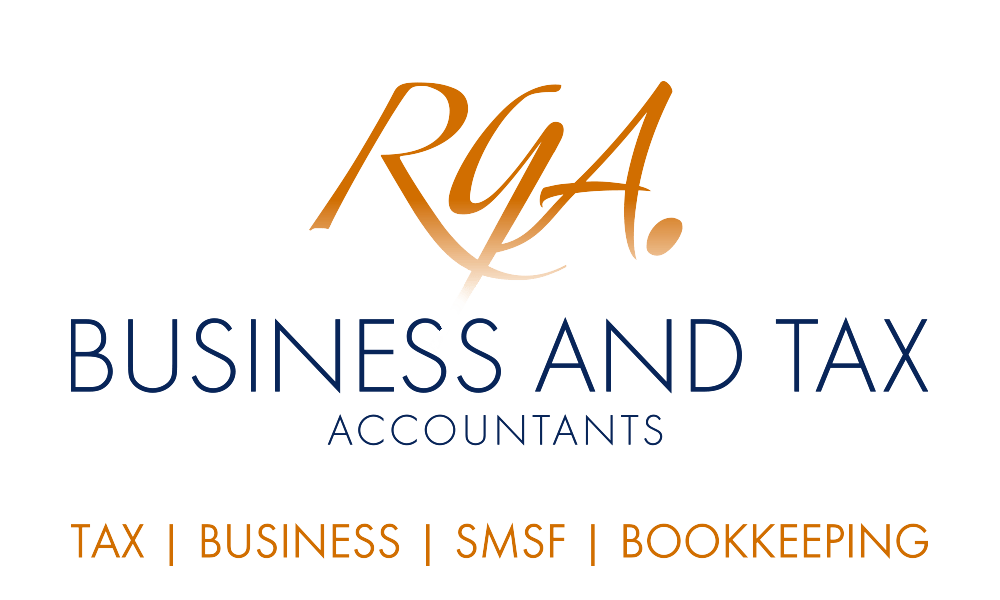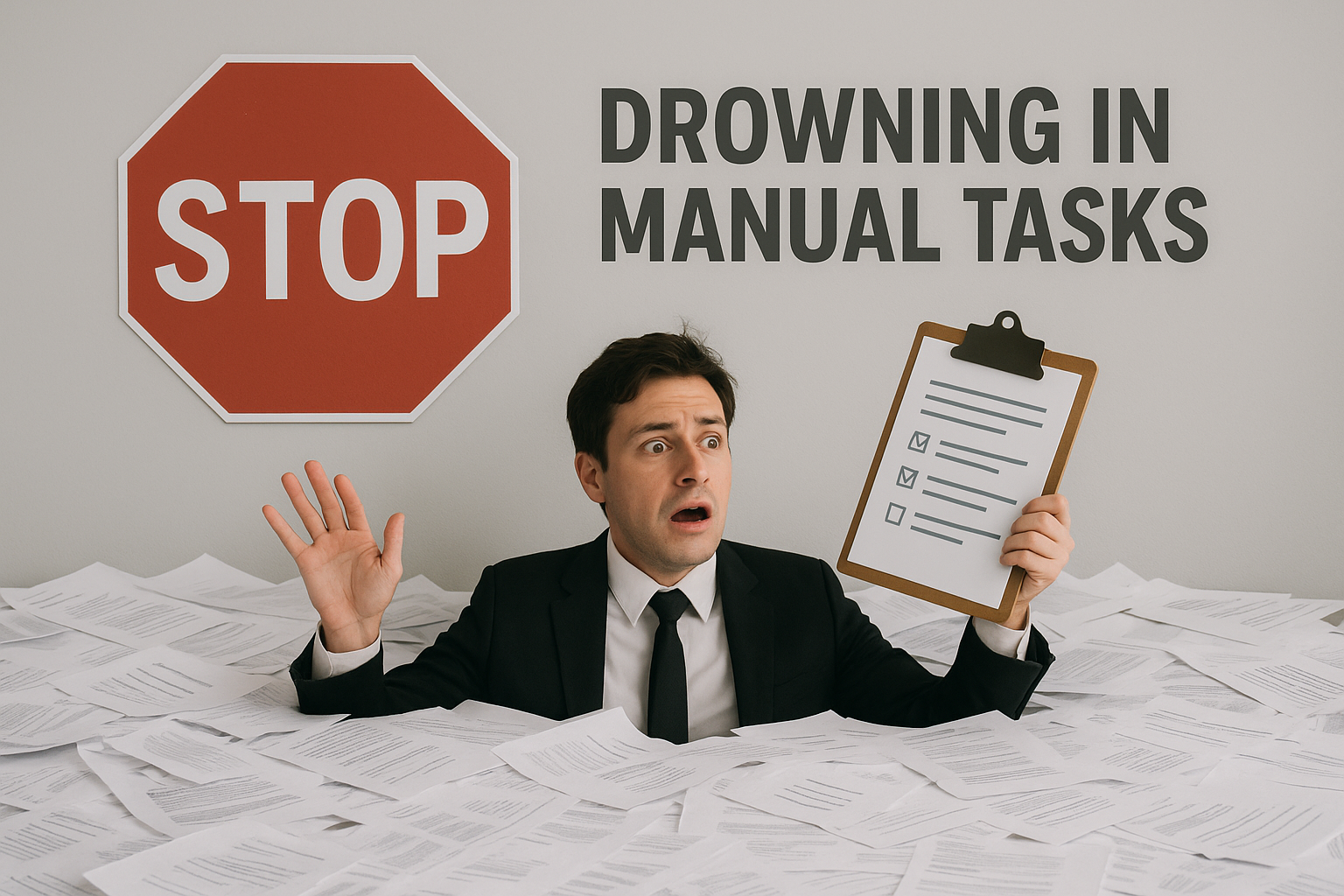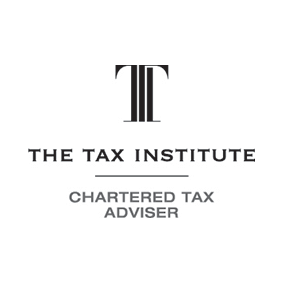Eliminating Waste to Boost Profitability: The Seven Wastes Framework

One of the most effective ways to improve profitability is through the elimination of waste. But before you can eliminate it, you must first understand what it looks like and where it exists. Toyota, after years of refinement, identified the Seven Wastes—a foundational tool in lean thinking designed to help businesses identify, quantify, and begin removing waste from their operations.
The Seven Wastes Explained
As Taiichi Ohno, architect of the Toyota Production System, famously stated:
“Costs do not exist to be calculated. Costs exist to be reduced.”
Here’s a breakdown of the Seven Wastes:
- Overproduction – Producing more than is needed, too early, or “just in case” instead of “just in time.” This ties up resources and increases inventory risk.
- Waiting – Idle time that results from delays in processes, information flow, or approvals. In many businesses, a significant portion of lead time is lost to waiting.
- Transport – Unnecessary movement of materials or products between processes, which adds no value and increases the risk of damage or loss.
- Inappropriate Processing – Using overly complex or expensive tools and processes where simpler, more appropriate ones would do. Think “sledgehammer to crack a nut.”
- Excess Inventory – Unneeded inventory or work-in-progress that hides inefficiencies and ties up capital. Reducing inventory exposes underlying issues.
- Unnecessary Motion – Movements that do not add value, such as reaching, bending, or walking to distant equipment (e.g., a printer on the other side of the office).
- Defects – Errors or faults that require rework, cause delays, or lead to warranty claims and lost customers. Defects are among the most costly types of waste.
Conducting a Waste Audit
To apply this tool in your own business, conduct a Waste Audit:
Step-by-step:
- Brainstorm examples of waste in each of the seven categories.
- Estimate the annual cost of each waste. This doesn’t need to be exact—use high, medium, or low if needed.
- Assess ease of removal, ranking each item on a scale from -5 (very difficult) to +5 (very easy).
- Prioritize: Focus on the top three waste areas that have both high cost and are relatively easy to eliminate.
Reflection Prompt:
After completing the audit, identify the
three waste areas you will tackle first. Use this insight to guide your next improvement steps.
Need Help with your Business, Bookkeeping, Tax or SMSF requirements?
If you would like a little help, please get in touch with us for assistance. We can help with your business, bookkeeping, tax and SMSF requirements.
Is your business as profitable and efficient as it could be? Take 5 minutes to complete this free survey and uncover your top 3 strengths and top 3 improvement opportunities across 10 key business drivers. You’ll also see how your performance stacks up against global benchmarks. Start now to pinpoint where to focus for better results here.
Please also note that many of the comments in this publication are general in nature and anyone intending to apply the information to practical circumstances should seek professional advice to independently verify their interpretation and the information’s applicability to their particular circumstances. Should you have any further questions, please get in touch with us for assistance with your SMSF, business, bookkeeping and tax requirements. All rights reserved. Based on content from Mindshop, a trusted resource for business advisors worldwide. Liability Limited by a scheme approved under Professional Standards Legislation.









